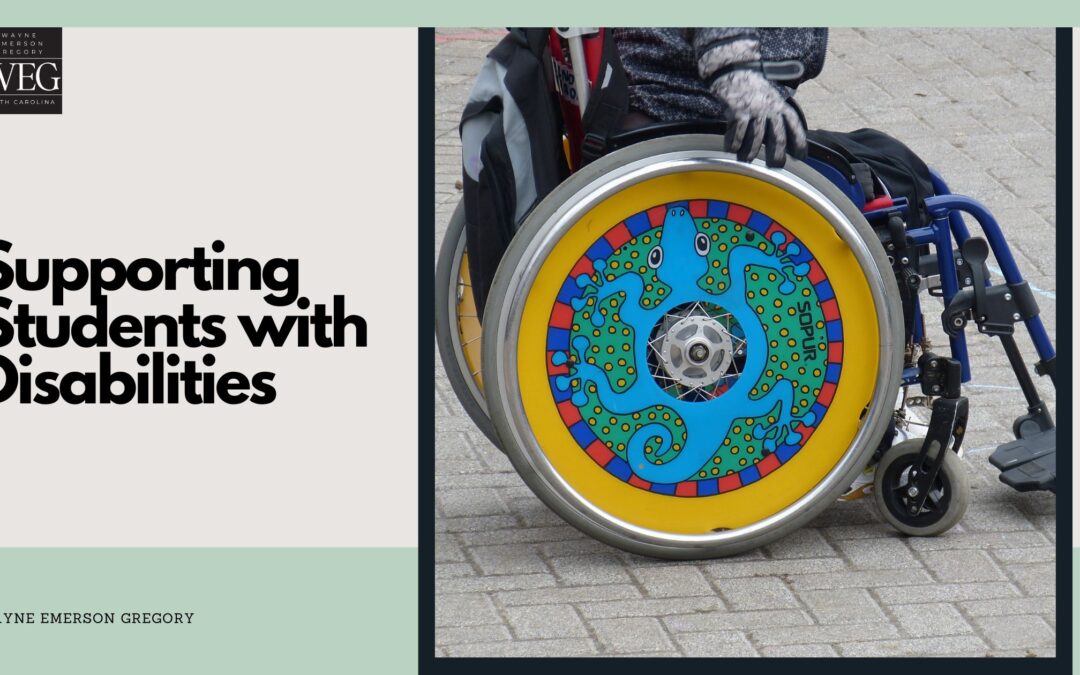Inclusive education is the cornerstone of a society that values diversity and equality. Supporting students with disabilities is essential to creating an inclusive educational environment where every learner can thrive. Students with disabilities often face unique challenges, but with the right support and accommodations, they can excel academically, develop essential life skills, and achieve their full potential.
Individualized Education Plans (IEPs) and Accommodations
Individualized Education Plans (IEPs) are essential tools for supporting students with disabilities. IEPs outline specific goals, accommodations, and modifications tailored to each student’s unique needs. These plans involve collaboration between teachers, parents, and special education professionals to ensure students receive the necessary support and resources to succeed academically. Accommodations, such as assistive technology, extended time for assignments and exams, or preferential seating, help level the playing field for students with disabilities and allow them to participate fully in the classroom.
Universal Design for Learning (UDL)
Universal Design for Learning (UDL) is a framework that promotes inclusive education for all students, including those with disabilities. UDL emphasizes creating flexible learning environments that accommodate diverse learning styles, abilities, and preferences. By providing multiple means of representation, engagement, and expression, educators can address the diverse needs of their students. For example, using multimedia materials, offering hands-on activities, and providing options for demonstrating knowledge can support students with disabilities in accessing and participating in the curriculum.
Sensory-Friendly Environments
Students with sensory disabilities, such as autism spectrum disorders or sensory processing disorders, may require sensory-friendly environments to optimize their learning experiences. Creating a calm and supportive setting with reduced sensory distractions, appropriate lighting, and designated quiet spaces can help students focus and feel comfortable. Educators can also provide sensory tools like noise-canceling headphones, fidget toys, or visual schedules to assist students in managing sensory challenges and maintaining their attention and engagement.
Peer Support and Collaboration
Encouraging peer support and collaboration fosters an inclusive and supportive learning environment. Pairing students with disabilities with their typically developing peers allows for positive social interactions, promotes empathy, and enhances the overall educational experience for everyone involved. Peer mentors can provide academic support, assist with social integration, and act as advocates for their peers with disabilities. These relationships can lead to improved self-esteem, increased confidence, and a sense of belonging for students with disabilities.
Ongoing Professional Development and Training
Effective support for students with disabilities requires ongoing professional development and training for educators. Teachers need to be equipped with the knowledge and skills to address the diverse needs of their students. Training programs and workshops on topics such as inclusive teaching strategies, assistive technology, and understanding various disabilities can enhance educators’ abilities to provide quality instruction and support. Ongoing professional development ensures educators stay updated on best practices and empowers them to create inclusive learning environments.
Supporting students with disabilities is crucial for creating inclusive educational environments where all learners can thrive. By implementing individualized education plans, utilizing universal design for learning, fostering sensory-friendly environments, promoting peer support, and providing ongoing professional development, educators can empower students with disabilities to reach their full potential.

